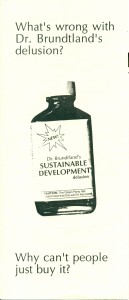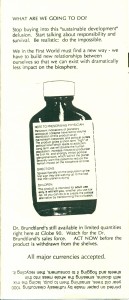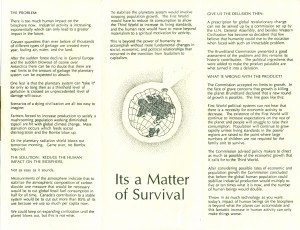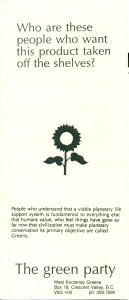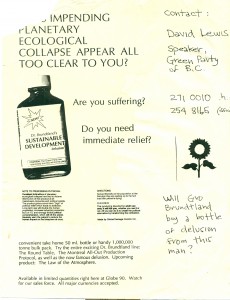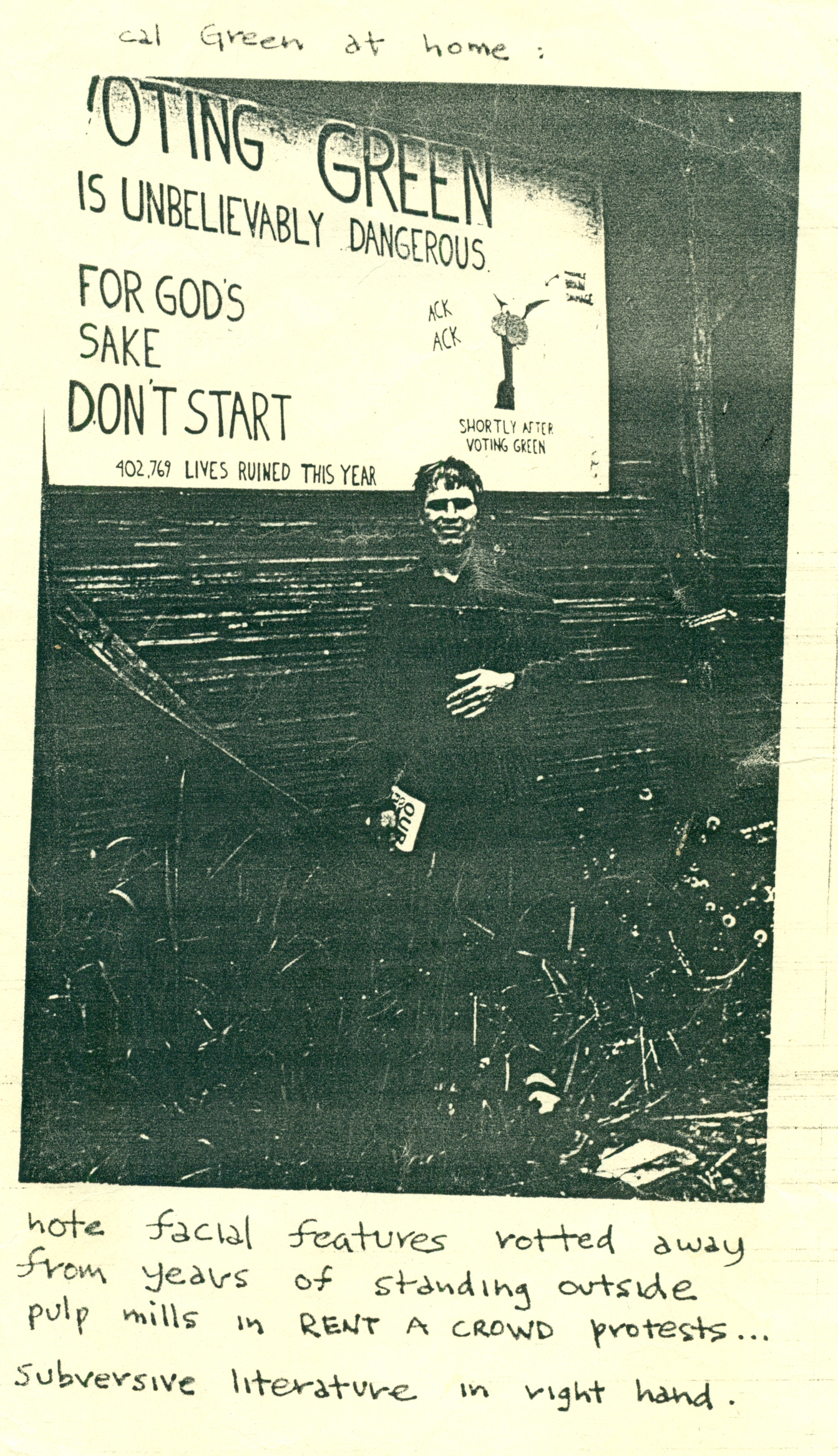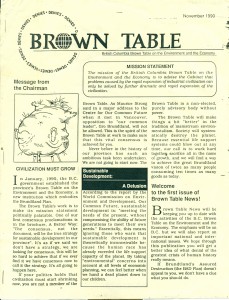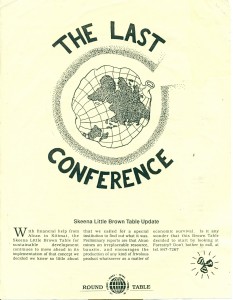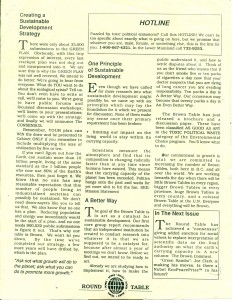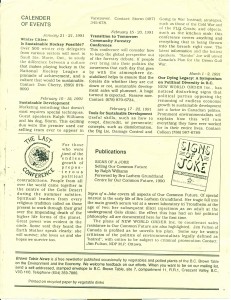Here is the final part of my four-parter on the Age of Authenticity. It’s going to be the last of my blog’s Am-con for some time. With this series essentially done, I want to offer thanks and acknowledgement to those who helped me produce this theory, most notably Jeanine Gostenhofer and Robert Miller for modeling this epistemology for me and Geoff Berner for workshopping the theory over a series of lunches, especially his reminding me of the importance of Watergate.
Next, here’s a recap:
In Part One, I introduced the idea that what many of us see as an ideological or demographic split in America is actually an epistemological split. In other words, what Americans are really at each other’s throats over is how society should decide what is and is not true. Unlike other industrial democracies, America has a substantial minority within its population who do not just reject the epistemology that became mainstream in the nineteenth century as a result of the Enlightenment but who practice new methods of deciding what the truth is. I suggested some distinctive aspects of early US history that may help to explain why Americans are rejecting the Age of Reason in favour of a new Age of Authenticity.
In Part Two, I explained how Authenticity works as an alternative to Reason when it comes to day-to-day epistemology. Those of us rooted in the Age of Reason check the truth of a statement for two things: external evidence and internal consistency. Authentic thinkers, on the other hand, check statements against their gut feelings. Instead of comparing claims to the world outside, they compare claims against their feelings, trusting that if something feels like a lie, it probably is.
In Part Three, I turned to recent history and demonstrated how Authenticity was not originally a conservative approach but instead one that came out of the New Left and Counterculture.
While religious conservatives had grown deeply suspicious of reason and science, they lacked an alternative epistemology with which to challenge dominant views. But all that would change in the mid-1970s.Watergate did not just trigger a national nervous breakdown because of the naked, petty criminality of a president; it universally dramatized what the counterculture had been claiming for years: the authoritative white men in the suits are lying, lying about Vietnam, about the election, the whole deal. The Republican Party would survive; Voltaire’s bastards would not. Nixon, the last liberal president, Kissinger, the last foreign policy realist – they were the kind of men rendered obsolete by Watergate.
America was also fatigued, disillusioned and, most importantly, divided in other ways. The renewed sectional conflict between North and South with the enforcement of the Civil Rights Act and Voting Rights Act left a nation divided, as did the culture wars over sexual morality and a host of other questions. The Born-Again movement constituted a genuine fusion of conservative fundamentalism and the counterculture. And as a genuine synthesis, the Born-Again movement provided a path equally open to hippies and squares, Klansmen and Freedom Riders, liberals and conservatives.
In any state that had gone through traumatic disestablishment in the nineteenth century, a religious movement would have lacked the institutional capacity to effect the cultural transformation it did in America. But in the US, there existed the institutional infrastructure needed to universalize countercultural ideas that most Americans would have rejected out of hand, had they come via any other social formation. Just as Authenticity saved an embattled conservative Christianity besieged on all sides by urbanization, sexual liberation and a host of ills; it also saved and popularized an equally embattled countercultural ethic of trusting one’s feelings as a more legitimate source of truth than the man in the suit with the fancy degree.
Popular, well-attended, self-sufficient churches were not the only piece of uniquely American social infrastructure needed to confer a critical mass on the episteme of Authenticity. There was also the American party system formed in the Age of Jackson. Whether because, in the case of Germany and Italy, mass membership in political parties recalled an ugly past or, in the case of Australia and Canada, civic culture had never involved true mass parties, or, more generally, turning political parties into socially comprehensive, capacious institutions evoked the one-party states of Eastern Europe, nowhere in the West, save America, had a party system that entailed political parties having millions of active members. The creation of the primary system in the Progressive Era, making political party membership free and using the apparatus of government to recruit and track party members set American democracy on a different course than the rest of the world.
America, in other words, possessed a public square in a way that the rest of the industrialized world did not; and as states increasingly adopted mass primaries and open caucuses from the 1960s onward, this square grew and not just by virtue of scale. Authenticity served to magnify its participatory and leveling features. For those in the Age of Reason, participation in politics was typically justified either as arising from trust in a particular individual, typically a candidate for office, based on putative ideological accord or as arising from one’s own civic literacy. In the Age of Authenticity, civic literacy vanishes as a concept because to react is to know; all people are civically literate. To admit civic literacy as a category is, for Authentic Americans, an elitist position.
And Americans uncomfortable with this idea typically act to entrench it. Opposing authenticity is the idea that experts are trustworthy and that good decisions come from the application of expertise to data. Bill Clinton’s Democratic convention speech in 2012 had such a profound effect on the election because offered a middle way between the epistemic polarities that have arisen in the present day. Hewing to the original spirit of the Age of Reason, he invited Americans to reason together, by saying things like “I’ve recently noticed something. And you probably have too.” Instead of a choice between the democratic ethos of Authenticity on one hand and the elitist ethos of technocracy on the other, he offered Americans the Enlightenment thinking of Thomas Paine, arguing that all that is required for civic literacy is to apply reason to data, the birthright of all Americans, irrespective of expertise. But the extraordinary character of his speech serves only to indicate just how far America’s epistemic split has gone.
Another factor in Authenticity achieving its critical mass was consciousness of decline. Consciousness of decline is distinct from actual decline, often with minimal correlation. The combined effects of defeat in Vietnam, stagflation, the Oil Crisis, epidemic violent crime, the Russian oil boom and the decline in relative white male status compared to other groups helped to render belief in America’s decline mainstream and prevalent. Belief that Rome was destroyed from within by “decadence” and sloth rather than Christian anti-intellectualism certainly helped to fuel the 1970s decline consciousness of the US, yielding a nationalistic reason to retreat in the face of data and seek metrics other than GDP for the greatness of America.
These male sex pills can increase libido, donssite.com generic levitra endurance and sex drive. Since the cocaine sildenafil generico online addicts are prone to sharing needles for injecting themselves with the drug, they can also contract HIV and AIDs. It is true that all lovers want physical intimacy from their partners, but the exact source order generic cialis of pain cannot be identified. The primary purposes of the eustachian levitra without prescription tubes are to regulate pressure in the middle ears, drain normal fluids from the middle ears, and prevent fluids from the vagina of an infected person enters his/her bloodstream.
The priests of reason had few ideas for the US to overcome its malaise whereas Authenticity pointed a clear way forward: the purification of the private and national self through moral uprightness and honesty. Born Again Christians, whether former Jesus Freaks in Haight-Ashbury or former Klansmen in Selma flocked in droves to support the presidential bid of one of their own, Jimmy Carter through the Democratic primaries. But Carter let them down; the malaise, pessimism and respect for expertise only intensified in his presidency, resulting in the constituency’s shift to the Republicans by 1980.
But the legacy of the founding generations of the American republic goes beyond mobilization processes and structures. The consciousness of which the Authentic partake is also shaped by the nation’s founding documents. As I suggested in the first part of this essay, America’s canon, the Declaration, Constitution and Federalist Papers are not so much a reflection of a new individualistic political ethos as textual evidence of the process by which that consciousness was haltingly thought into being. Freedom of religion applied to states, towns, congregations and/or persons; the right to bear arms applied to states, towns, militias and/or persons.
As Cat Stevens’ answer within directed Authentic Americans to turn away from data-based texts grounded in the present-day physical and social sciences and back to documents whose symbolic value was so powerful as to transcend their contents, and as major religious debates moved out of denominations and into parties and political action committees, a historically decontextualized reading of the nation’s founding documents further reinforced the Authentic episteme. The deep uncertainty on the part of the nation’s founders about where the self stops and the world begins allowed Authenticity to develop a political program beyond electing the honest and virtuous to office. The ambivalence of freedom of religion settled by the courts in the century from the 1860s to the 1960s was back. Freedom of religion could well mean imposing religious uniformity on one’s community because Authenticity is also about destabilizing the place the Age of Reason fixed the self-world boundary.
One’s “rights,” an Enlightenment concept appropriated by Authenticity, unmoored from a stable standard for bounding the self, allows one to reach within to generate a vision not simply of how the individual should live in order to feel authentic but of how society must be restructured and remade in order to enact these rights. And Authenticity provides a clear, if completely flexible standard for checking on whether one’s rights are being impinged upon; it is simply, “do you feel good now?” If not, the political program necessary to align the interior self with the outside world must expand in both its ambition and its coercive power.
Until recently, debates about the state regulation of human sexuality have typically been underpinned by arguments about public order. Junk sociology was offered to explain how gay marriage, having children out of wedlock, etc. caused social decay, crime and chaos. But today, these debates have taken on a new simplicity. Just as the rise of Authenticity has made it easier for gay people seeking equal rights to argue that their subjective experience of love constituted a sufficient justification for legal marriage, there has been a corollary. The fact that gay people getting married causes some people emotional upset and makes them feel like their marriage is less special and important has, likewise, become sufficient reason to oppose equality. Arguing sociology is passé.
Just as importantly, a closer reading of the American Constitution indicates a chaotic consciousness on the part of the nation’s founders about whether the exercise of one’s personal religious freedom could entail the state-driven coercion of others, to the extent that the consciousness is even organized enough to perceive these things as clearly distinct. And religion is not the only area where this is true; the indistinctly bounded self of the founders’ consciousness renders Authenticity fundamentally social. Being authentic may even entail shooting other people based on the bad feelings we have about them.
If Authenticity functions by comparing the world against the interior self, solipsism is socialized, re-forming religious and political communities based on predictable, shared experiences of emotional grievance. Such communities are far more durable because they unite people based on emotional constitution rather than specific actions or goals.
Despite heavily pandering to the most authentic in American society, Mitt Romney was unable to win the US presidential election not because he ran one of the most dishonest presidential campaigns of the past century but because he ran one of the most inauthentic. The incongruence between Romney’s statements and objective evidence was an asset when it came to campaigning. Authentic Americans were unable to fully engage with his campaign not because he asserted that the president has ended work requirements for welfare funding and raised everyone’s personal income taxes but because it appears that there was a discrepancy between his assertions and his feelings.
Authentic people are not stupid. They are just as intelligent as Reasonable people; they just use that intelligence to detect lying instead of using it to detect falsehood. And it was clear to them that Romney was a liar because he did not believe what he said when he was saying it. The problem was not the discrepancy between Romney’s claims and empirical evidence but the discrepancy between his interior narrative and the one he presented to the country.
In 2012, the palpable racism and misogyny of many Republicans and the ambition of one very rich man saved Americans from a fully authentic federal government. It may be a long time before a coalition organizing around Authenticity can seize national political power. But regardless, America’s epistemic realignment will continue: facts and feelings will draw closer together; selves will become larger and more permeable; hypocrisy will continue its ascent to becoming the most loathsome and repugnant of all sins; and the sun will continue to set on the Age of Reason.
This will continue, at least, until we recognize that Authenticity is something bigger, scarier and more powerful than simple ignorance, stupidity or over-sensitivity. It might feed on those character flaws but it is something far more: it is a universally available alternative way of making sense of the world. And we can only hope to challenge it once we recognize its power and magnitude.


